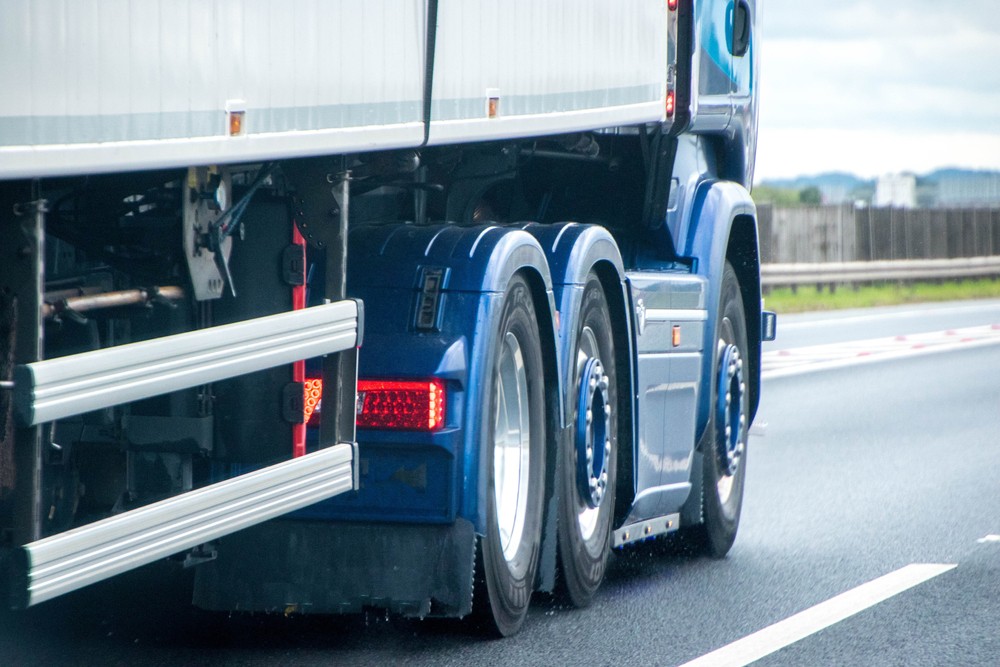You might recall Planes, Trains and Automobiles, a tale of the trials and tribulations of business travel, and the joys of alternative routing when your expected mode of travel is suddenly unavailable, delayed or diverted. The destination is the same, but it’s infinitely more challenging to reach when the remainder of the journey has to be improvised or is forced onto side- and back-roads.
There are obvious parallels here with today’s network and Internet infrastructure. When the primary path becomes unavailable, sometimes it is possible to seamlessly route around the issue; other times, a bunch of extra hops are incurred that add time to the journey or that shunt traffic onto lesser-known routes.
Whether you’re transporting freight, people or packets, the ‘North Star’ of any transportation is the same: to get the ‘goods’ from point A to point B in the fastest, and most efficient way available. Communications systems power important aspects of that journey. As the number of onboard systems for each vehicle continues to grow, so does the amount of outbound and inbound connections it must support. Resiliency is crucial to ensuring vehicles stay optimally connected at all times.
A connection is made
Almost anything - a plane, train or automobile - is more connected and reliant on communications networks today than it’s ever been. Myriad onboard and remote third-party systems power or support an increasing array of functions - some for customer experience and convenience, others for regulated purposes.
Onboard systems often require constant connection to or interaction with terrestrial or satellite-based networking infrastructure. There are challenges maintaining the connection when in-motion, which may involve constant handovers between various points-of-presence, towers or satellites, potentially at a high rate of speed. A different set of connectivity challenges are present when the vehicle is at its origin or destination: it may need to connect to two entirely different networks at either end of the trip.
For networks or systems that the vehicle, rolling stock or aircraft maker does not own but is mandated to use, there’s often no choice but to trust that they are resilient to failure. But they may not be built to the same standards as first-party controlled networks or infrastructure. Something as simple as a duplicate navigation point name in a flight plan has proven capable of disabling air traffic for days. Everything on an aircraft can be functional, but without being able to establish a connection to a critical third-party permissions system, it isn’t able to fly.
The two factors driving onboard connectivity
Part of the complexity with connectivity is that some vehicles today are expected to function as self-contained mobile “workplaces”, with all the tech onboard to perform their tasks. Yet, the enabling architecture requires a series of jump-off points: connectivity to corporate or third-party applications, the ability to make API calls or query databases, the ability to generate invoices and accept contactless payments. So each vehicle, or train, or aircraft, becomes its own technology environment with complex connection dependencies.
It isn’t just increased mobility that transportation and fleet operators need to watch out for.
The move to real-time intelligence and feedback loops also means that vehicles are relying more and more on being connected to other systems for guidance on how they should operate.
Where in the past, it was accepted that a vehicle-based mobile field-force worker or perhaps a locomotive driver taking ore from pit to port would collect data throughout their travels, but wait until they returned to depot or base, or reached their destination, to reconnect to a network and download that data, today’s needs are different. Organisations want sales and order data uploaded immediately. They also want to learn about delays or scheduling variances as they happen so they can make adjustments and communicate with affected parties. A mining operator, for example, now wants to know what is happening to their train shipment in real-time so they can make any downstream supply chain adjustments, for example to port or shipping schedules or personnel rostering, in the event of schedule slippages.
Similarly for public transportation such as buses and trains, movement of services is tracked using geolocation data. This might be communicated to a central control centre, and to timetabling systems that power digital signage at designated stops or to commuter-facing mobile apps. Connectivity is crucial to maintaining customer experience. It’s also necessary for onboard safety systems: for everything from automatic braking to emergency alarms.
Keeping all of this working requires a more granular view of transportation than perhaps we’re accustomed to today. It’s no longer enough to manage to a fleet-level. Instead, the need is to understand what’s happening from a system and connectivity perspective for every individual vehicle or service in operation, to ensure that one-by-one, each is within its normal and expected operating parameters, and if not, that a flag is raised and remediation can be pursued.
That can be a complicated problem. As anyone that’s worked in commercial and industrial vehicle maintenance will tell you, every vehicle or piece of heavy equipment is used or driven differently over its lifetime. They effectively develop their own ‘personality’ and their individual maintenance needs will vary as a result. The more systems, network ports, antennas and cellular or satellite connections attached to a vehicle, the more that can break or go wrong.
It’s important to the long-term efficiency and safety of transportation to be able to establish visibility into every system, subsystem, internal and external connection that collectively allows the asset to function and an important service to be delivered. In a high-stakes environment like transport, this is ultimately what’s needed to keep critical transport lines open and services running, no matter what ambient or anomalous conditions may be encountered on the journey from Point A to Point B.




